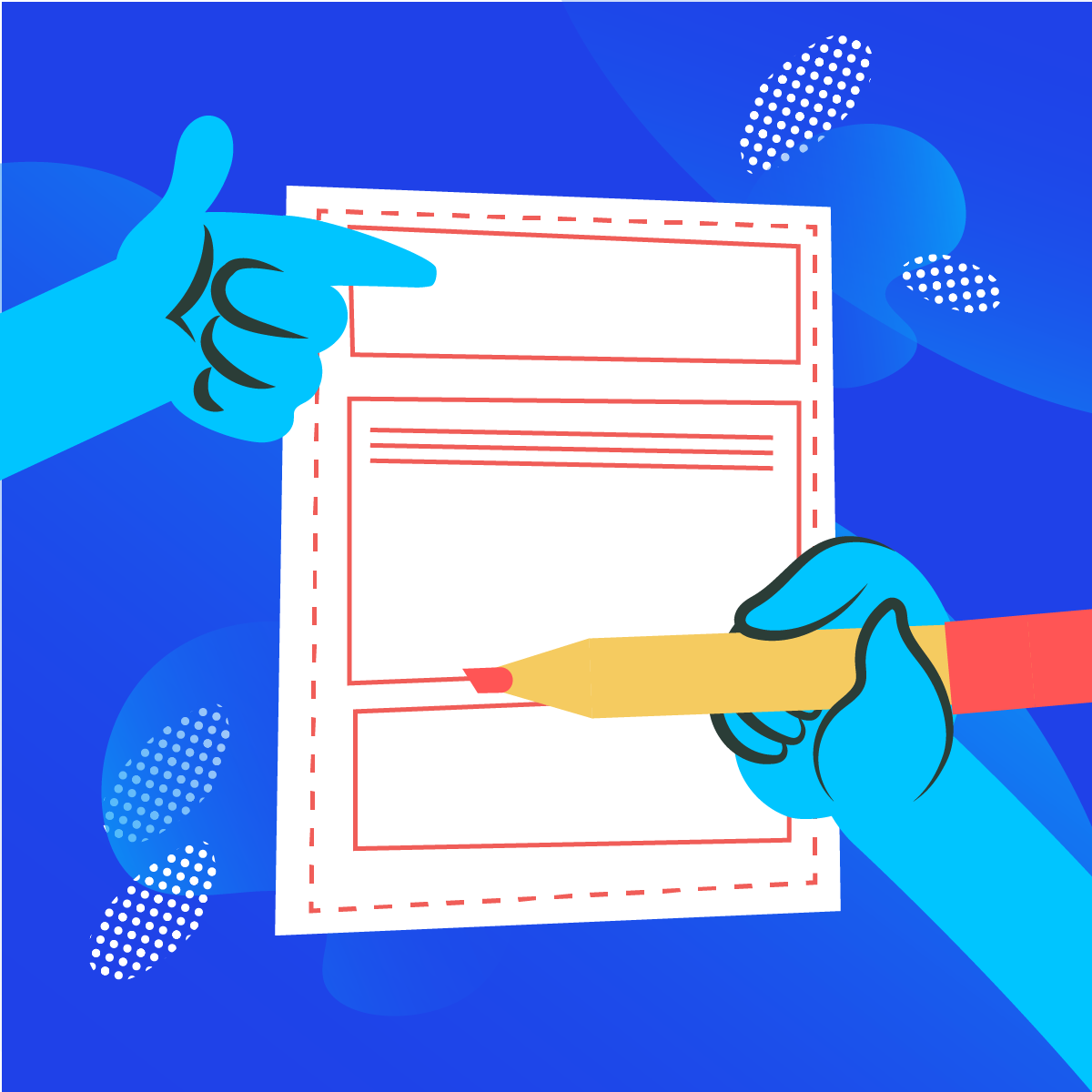
Starting with a blank sheet of paper and ending with a professional resume isn’t easy. To help, here is your go-to resume formatting guide, with answers to all of the basic questions on how your resume should look.
How long should my resume be?
Your resume should be no more than one page for undergraduate students and two pages for graduate students.
Should I worry about my margins?
Margins can be between 0.5-1 inch. Your default Google Docs setting is 1 inch, so you don’t need to worry about adjusting the margins before you begin. If you are running out of space, however, you can make the margins smaller. Make sure they are no smaller than 0.5 inches.
Do I have to use a specific font?

There is no specific font you must use for a professional resume. However, you should stick to fonts that are readable and straightforward. Arial and Times New Roman are always safe fonts to use for a resume.
Additionally, the font can’t be too small or too large. Keep the size around 10-12 points for the resume’s body and a larger point, at least 14, for your name. Make sure you keep the font size consistent throughout. Make sure all your text is left-aligned, with the exception of your name and contact information, depending on the format.
What are the resume formatting rules for the body of my resume?
Your resume can be single-spaced or double-spaced, but it’s recommended to use double spacing between sections. If you want to emphasize something within sections, you can use bold or italics, but use it sparingly.
When writing about your experiences and responsibilities, keep it to 2-5 bullet points. This can vary per experience; you don’t have to have three bullets for every single experience.
Don’t use full sentences when explaining your experiences on your resume. Instead of saying, “As a hostess, I sat up to 300 guests in one evening,” say “coordinated the reservations and seating for up to 300 guests per evening”. Bullet points should be succinct.
Use numbers whenever you can to quantify your experiences. It makes the information more impressive, understandable, and easier to explain. This is a perfect way to show how successful or how much responsibility you actually had.
What order do I list my experiences in?
In each section, list your experiences in reverse chronological order. Anything you are still involved in should be listed first, followed by your most recent experiences, until you end with your least recent experience. This way, the hiring manager can quickly scan your resume to see which experiences are most recent and least recent.
Why is resume formatting so hard?
It doesn’t have to be! Upkey’s Resume Builder takes all of your relevant information and formats your resume for you! We do all the hard work so you can focus on other ways to #arriveready.


